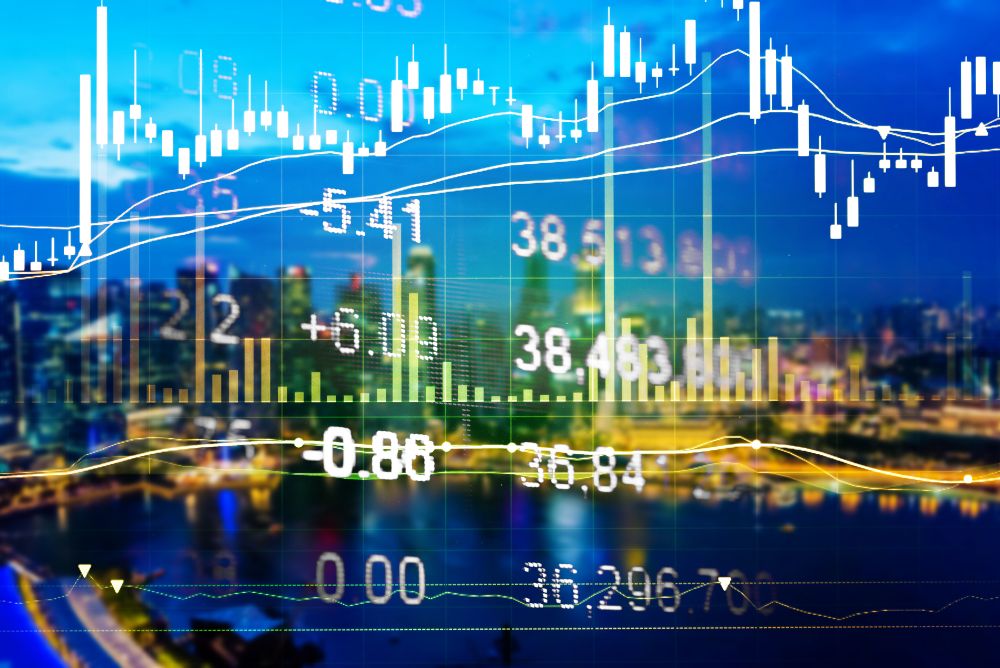The Asia G3 bond market started strongly in 2022 with three mega deals printed in the first week of January. On January 5, India’s multinational conglomerate Reliance Industries priced a three-tranche bond offering totalling US$4 billion, representing the country’s largest-ever US dollar bond transaction.
Airport Authority Hong Kong also printed a US$4 billion trade in four tranches, including a controversial US$1 billion green bond, while Export-Import Bank of Korea (Kexim) priced a US$3 billion issuance that likewise included a green tranche amounting to US$1 billion. Another Indian issuer, India Clean Energy Holdings, a wholly owned subsidiary of ReNew Energy Global, also accessed the US dollar bond market last week with a US$400 million bond deal.
Meanwhile, mandates are announced from the likes of Woori Bank, Shriram Transport Finance Company, Korea National Oil Corporation, State Bank of India (Formosa bond), Link Real Estate Investment Trust, China Chengtong Hong Kong Company, HKT Group Holdings and Beijing Gas Group.
The strong issuance start for the year comes as the total volume of Asia G3 bond market in 2021, outside of Japan and Australasia, amounted to US$372.95 billion, or just a shade under the record amount of US$374.75 billion in 2020. According to figures supplied by Refinitiv, an LSEG business, the lower volume was recorded even as the number of issuances soared to its highest since 2010 with 746, against 678 in 2020.
Up until the first three quarters of 2021, the total Asia G3 volume was running ahead of the previous year’s pace, but various market issues, including regulatory issues, impacted the deal flow in the latter part of the year. The high-yield bond market was effectively shut on the back of the liquidity problems surrounding a number of Chinese property developers, although the investment-grade space held up well and continued to contribute to the deal supply in the market.
“The real story in 2021 is how resilient the bond market is, considering the credit events and idiosyncratic headlines on certain sectors – notably China’s real estate – as well as the rates volatility and the bouts of resurgence of Covid-19,” says Joseph Pepping, managing director and head of Asia-Pacific debt capital markets syndicate at BofA Securities. “It goes back to the overarching factor, where liquidity fuelled by global central banks has been so supportive of the bond market for a number of years.”
Real estate woes
The problems in the Chinese real estate sector were reflected in the total volume of issuance out of China, which fell from US$179.89 billion in 2020 to US$164.19 billion in 2021. Issuances out of Hong Kong also declined from US$60.78 billion to US$56.01 billion during the same period, while those from Indonesia dropped from US$22.17 billion to US$18.52 billion.
Another big decline was posted in issuances out of the Philippines, where the volume plunged from US$16.53 billion in 2020 to US$9.54 billion in 2021 as many corporates shunned the US dollar bond market for their funding requirements.
South Korea, on the other hand, led the markets with a bigger issuance volume of US$34.72 billion in 2021, up 52.7% compared to US$22.75 billion in the preceding year. India also recorded a higher volume at US$19.94 billion, against US$10.87 billion in 2020.
“Korean issuers found the US dollar favourable after swap pricing,” says a senior banker who covers the Korean debt capital markets. “The liquidity in the US dollar market is abundant and the low-interest-rate environment makes it attractive for the Korean issuers. At the same time, Korean corporates are tapping the market to fund their investment requirements.”
The Asia G3 high-yield bond market fell 6.4% to US$65.68 billion in 2021 from US$70.18 billion in 2020, according to Refinitiv. China, which accounts for more than half of this market, saw its volume fall from US$44.53 billion to US$35.40 billion, while Hong Kong followed suit as its issuances went down from US$12.61 billion to US$10.97 billion. Macau also saw its volume drastically plunge from US$2.37 billion in 2020 to just US$355.3 million in 2021 with only one deal.
“For 2022, we are expecting a reduced supply from Chinese high-yield property companies,” says Pepping. “There are headwinds for Chinese high-yield real estate paper – but there is some positive take always for the broader Asia high-yield markets.”
Refinancing to drive deals
He explains: “The high-yield market in Asia has historically been skewed towards China’s real estate segment. Some investors view non-property issuers as a diversification play to their already heavy real estate bonds portfolio. A rebalancing will be good since it should result – after a period of pain – in investment opportunities and a more diversified and healthy high-yield bond market in Asia going forward.”
Pepping says refinancing will be one of the main drivers of issuances in 2022. “We are also going to see pre-funding type of deals as the issuers take advantage of the low interest rates,” he points out. “The M&A market will also drive issuances as we will continue to see consolidation on the industry level involving the winners and losers from Covid-19 as well as other opportunistic M&A-driven opportunities. Asia remains a high-growth area compared with the other regions despite the slowdown in China – so we will naturally see debut names continue to come to the market.”
ESG-labelled bonds – green, social, sustainability and sustainability-linked – continue to be one of the key trends in 2021, according to Pepping, as illustrated by the significant increase in volume across issuers of different geographies and industries.
According to Refinitiv data, issuances in Asia, outside of Japan and Australasia, more than doubled to US$82.50 billion in 2021, compared with US$40.28 billion in 2020. China accounted for 42.6% of the total with US$35.18 billion, or more than double the 2020 volume of US$16.06 billion. South Korea was the second largest issuer with US$18.88 billion, up from US$8.93 billion in 2020, while Hong Kong, India and Singapore also recorded huge increments in 2021.
“New-ESG-labelled bonds are making their debut appearance in the market, with transition and sustainability re-linked notes leading the way, starting with some of the examples we have seen recently out of the China banking sector,” says Pepping.









